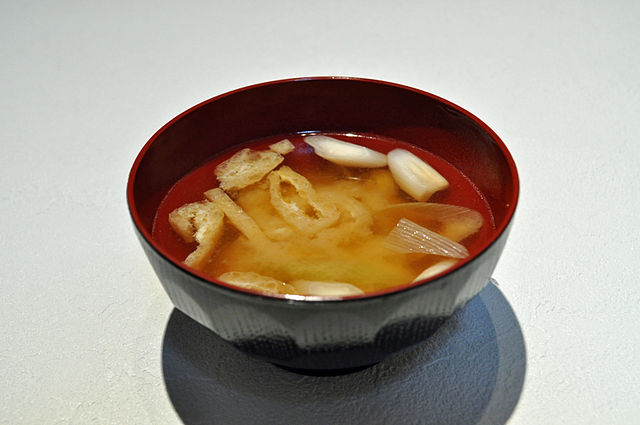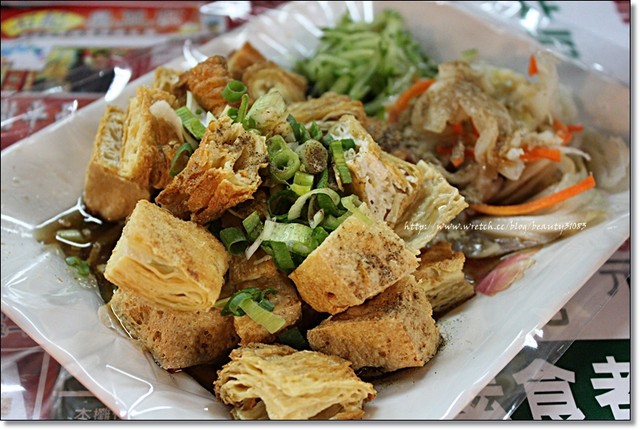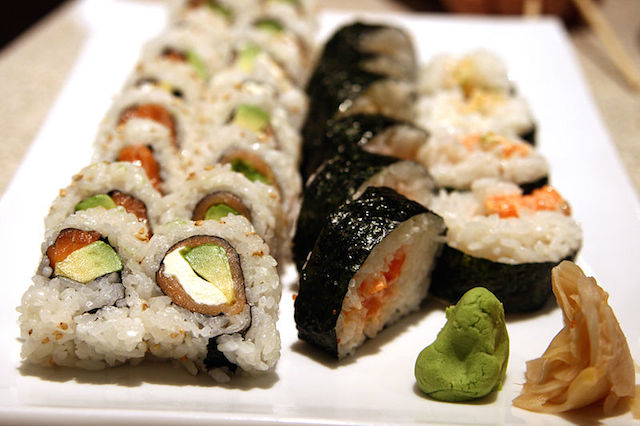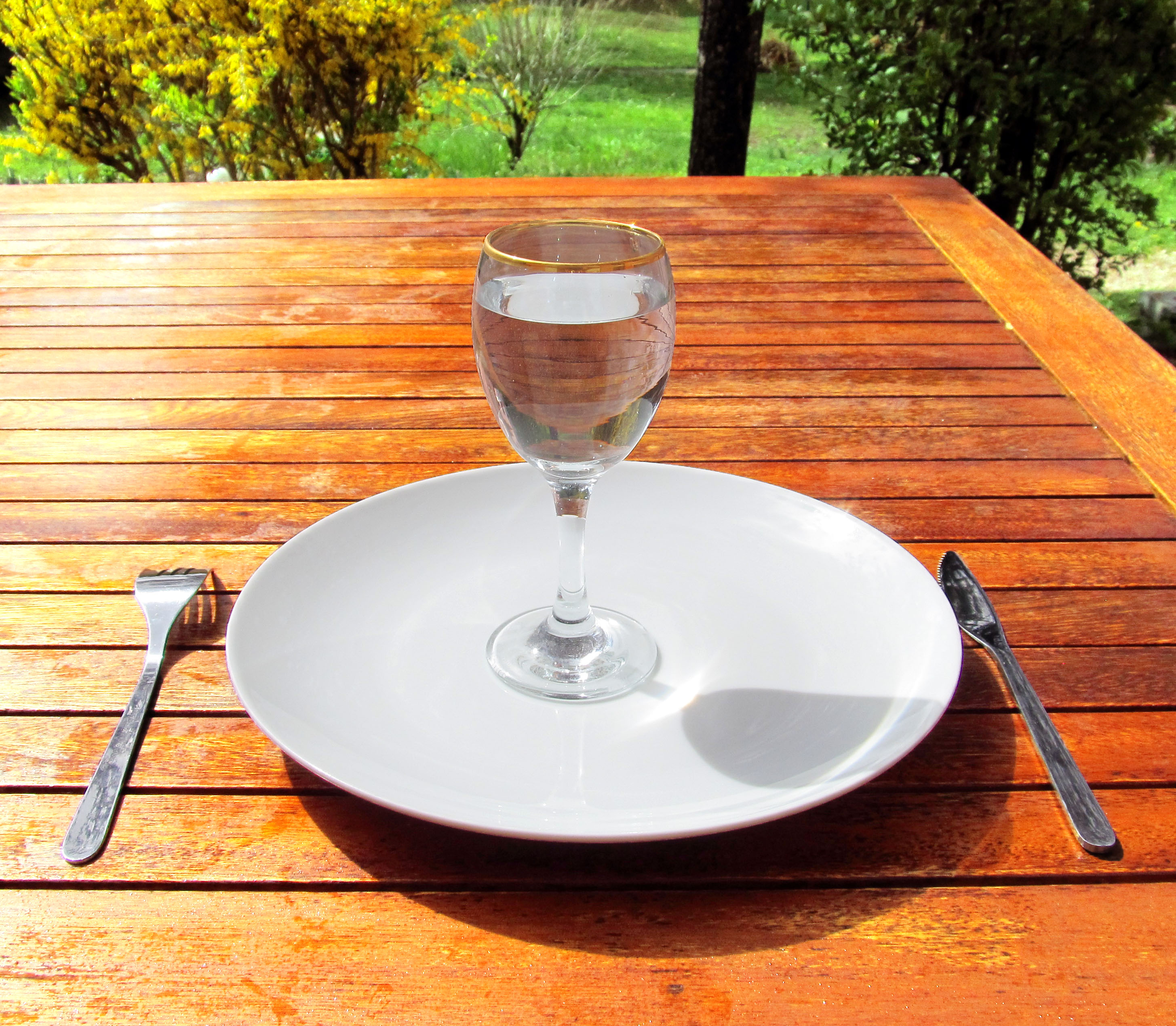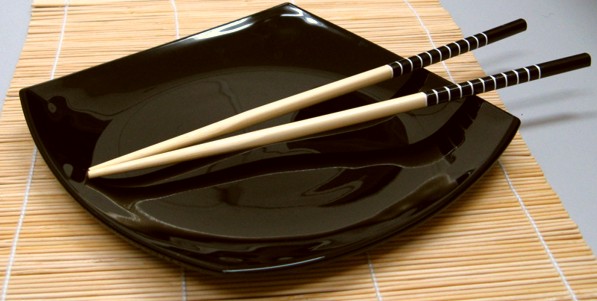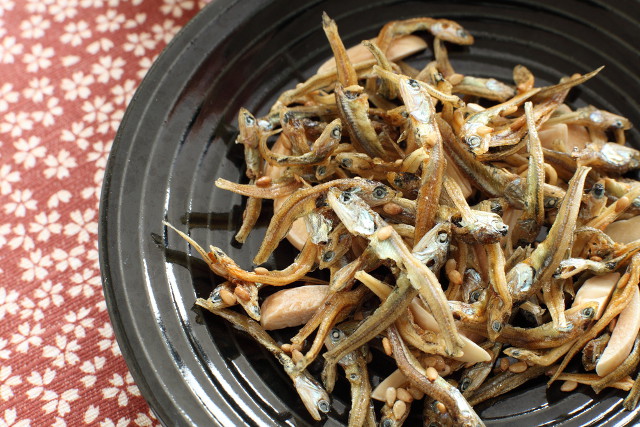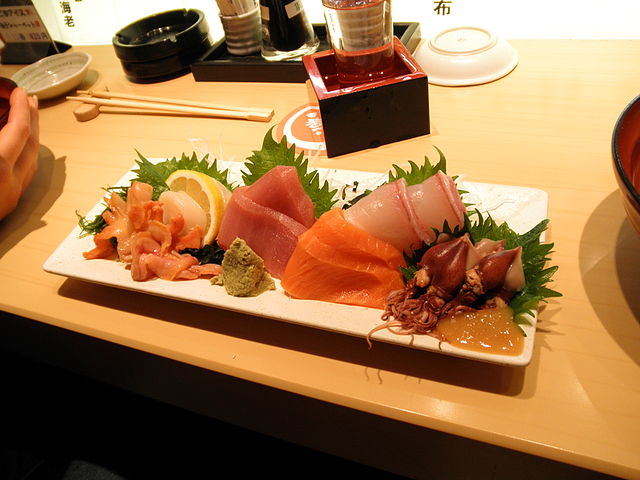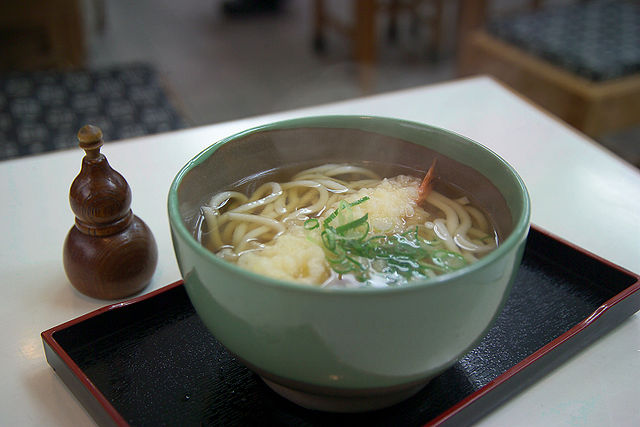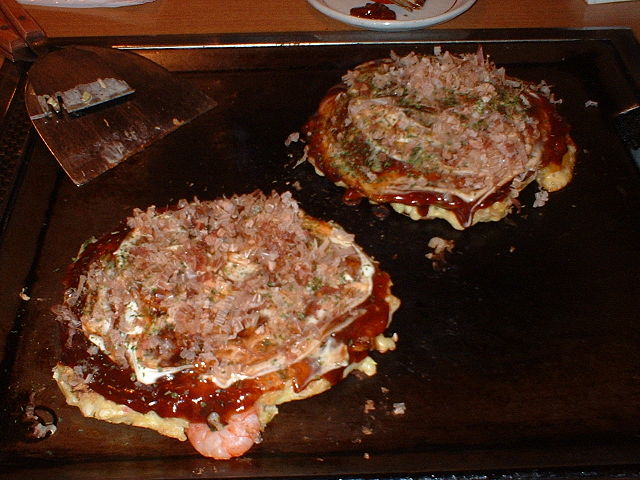Japan features a wide range of delicious specialties, but travelers to the country may be surprised to know what is actually behind their current meal. Think about these 15 surprising facts as you prepare for your next gourmet adventure through the world of Japanese cuisine.
1. Miso Soup Always Comes First
You might be expecting a soup as the main course, but this traditional selection is always presented first. It offers a strong base for digestion and presents a palette cleansing option before other courses are served.
2. Wasabi May Not Actually Be Wasabi
Real wasabi comes from a plant called wasabia japonica. It is not a cheap condiment so most restaurants rely on their own cost effective mixtures that avoid using the plant. Look for ingredients such as mustard and food dye to take the place of authentic wasabi recipes.
3. Sushi Chefs Must Study For 10 Years Before Serving Customers
Becoming a sushi chef is an important task that requires years of patience and dedication. Chefs must complete around 10 years of training before any restaurant will allow them to prepare sushi.
4. Displays Matter
The look of cuisine is just as important as flavors. Displays of bright color and contrasting textures make up many servings. In some cases, expect edible decorations in addition to menu items.
5. Fermented Foods Are Featured On Many Menus
Fermented food and drinks cover a wide range of courses including snacks. Tsukemono presents a fermented pickle that is often served with alcoholic beverages for a contrasting set of flavors.
6. Whale Meat And Horse Meat Are Well Known Selections
It may not be clearly specified, but these meats are commonly seen on menus throughout the country. If you are unsure what meat is being used, always ask before placing the order.
7. Not All Sushi Rolls Are the Same
Sushi is available in several variations. Gunkan-maki and Maki-zushi include nori seaweed while Temaki offers a unique cone shape design. Chirashizushi is a bowl of rice that features all of the ingredients from traditional rolls.
8. Never Waste Food
This fact is true for any culture but it is especially important when dining in Japan. Take only portions of food and condiments that you plan to eat. Uneaten food is thought to be a rude gesture.
9. Avoid Chopsticks When It Comes To Sushi
Chopsticks are never used to consume sushi. Instead, diners use their hands and fingers to pick up each roll. Guests are encouraged to clean their hands before beginning their meal to avoid any contamination.
10. Sardines Are A Light Snack
We may consider chips as a light snack, but dried sardines easily take their place in Japan. Infant sardines are also known as Niboshi and feature similar seasonings. These delicacies may also be placed in soups for added flavor.
11. Fugu Sashi Can Be Deadly
Fugu Sashi is a raw seafood delicacy that comes from a pufferfish. Chefs must receive special training before preparing this dish for customers due to the high toxicity of certain parts. Just a drop of tetrodotoxin can become lethal if ingested.
12. Sashimi Is Not Just Fish
Some people may think of this dish as just seafood, but sashimi can actually refer to beef cuts as well as fish. Keep in mind that any beef will still be served uncooked, if that’s not your thing.
13. All Udons Are Not Alike
Many udon noodles rely on wheat flour but other ingredients vary based on each recipe. Tsukimi udon features a raw egg while kitsune may feature tofu. These choices are in a different category than Soba noodles which use buckwheat.
14. Tofu Can Be Used For Every Course
This soy product can be found in a variety of dishes ranging from small appetizers to desserts. Its ability to soak up flavors and textures of surrounding ingredients offers a useful option for quick meals.
15. Okonomiyaki Is Basically A Pancake
The dish is prepared using much of the same techniques as pancake recipes. Batter is applied to a hot surface to produce circles that fry up easily. Sauces and fish are often applied to complete the meal giving it that uniquely Japanese twist.
Want to discover the finer side of Africa? Sign up for our weekly newsletter.
